Saniyah Cheatham’s Family Demands Answers in Her Death
Share
Explore Our Galleries
Breaking News!
Today's news and culture by Black and other reporters in the Black and mainstream media.
Ways to Support ABHM?
By Christina Carrega, Capital B
Officials from the New York City Chief Medical Examiner’s Office said the 18-year-old died by hanging while in police custody.
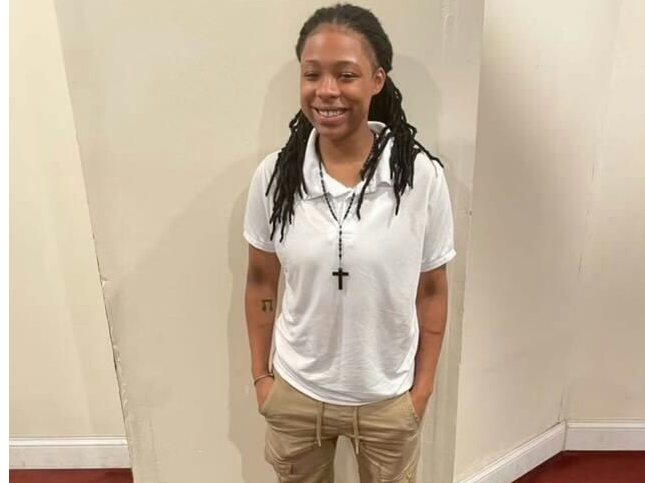
The Fourth of July was the last time family and friends saw or heard from Saniyah Cheatham.
Just hours before the 18-year-old was arrested in connection with a fight involving a friend, her mother said she was “happy” at their family barbecue. A close friend who texted with her that day agreed that she was in good spirits.
Police said after midnight on July 5, Cheatham was found unconscious within the 41st Precinct in the Bronx, New York. Inside a holding cell, authorities said she used her sweater to hang herself, according to news outlets.
Word of Cheatham’s death has raised more questions than answers for her mother, Thomasina Cheatham. Especially after unnamed police sources said her only daughter died by suicide using a sweater Thomasina says her daughter wasn’t even wearing that day.
“I just want to know what happened to Saniyah. That was my only daughter, she didn’t deserve this,” Thomasina Cheatham said at a press conference on Monday outside the police station where authorities said her daughter was found unresponsive. Saniyah Cheatham was pronounced dead at a nearby hospital.
The New York City Chief Medical Examiner’s Office confirmed in a July 14 email to Capital B that Saniyah Cheatham died by hanging and officials ruled her death a suicide. Her mother, along with civil rights attorney Ben Crump and community activists, are demanding the release of surveillance footage from inside the precinct — and an investigation into how a young person could die in police custody.
Learn more about this case.
Discover Black history in our virtual galleries.
Follow stories like this on our breaking news page.


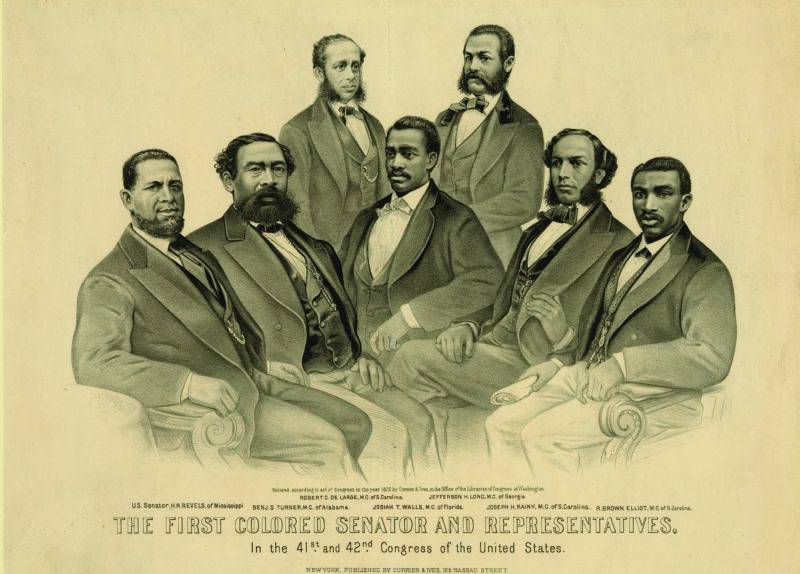
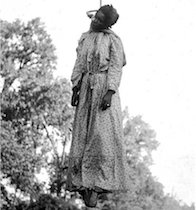
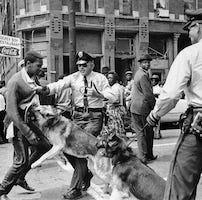

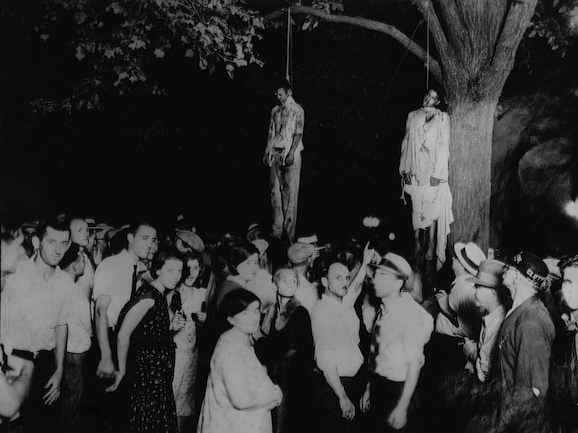

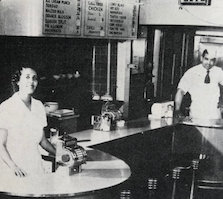
Comments Are Welcome
Note: We moderate submissions in order to create a space for meaningful dialogue, a space where museum visitors – adults and youth –– can exchange informed, thoughtful, and relevant comments that add value to our exhibits.
Racial slurs, personal attacks, obscenity, profanity, and SHOUTING do not meet the above standard. Such comments are posted in the exhibit Hateful Speech. Commercial promotions, impersonations, and incoherent comments likewise fail to meet our goals, so will not be posted. Submissions longer than 120 words will be shortened.
See our full Comments Policy here.